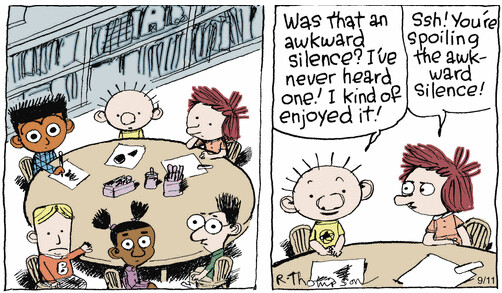An illustration of large-scale collective control in process:
This evasion has become a major financial problem for the transit system, which depends on fares for revenue. The trend has also created a sense of chaos and unfairness. “Something should be done about it,” Mary Parrish, a frustrated 85-year-old retired teacher, told The Times while waiting for a bus in Brooklyn.Janno Lieber, chief executive of the transit system, which is known as the M.T.A., has called fare evasion “the No. 1 existential threat” because it creates a sense of lawlessness. “It says at the doorway: This is not an orderly place,” Lieber said. The subways have indeed become less orderly. Violent crime, per subway rider, has risen sharply since 2019, as Nicole Gelinas wrote for Times Opinion. In a survey last year, only 49 percent of daytime subway riders said they felt safe, down from 82 percent in 2017.
David Leonhardt, in “The Morning” (NY Times email newsletter) for 2024/08/24. (Links to Ana Ley “Fare Evasion Surges on N.Y.C. Buses, Where 48% of Riders Fail to Pay”, Nicole Gelinas “New York’s Promising Experiment in Making the Subways Safer”.)
Orderliness and perceived safety are both collective results of and perceptual inputs of individuals’ control of diverse perceptions by means that include travel on public transportation. There are feedback paths between collective control and individual control, collective control resulting from individuals’ control, individuals controlling with respect to those collective consequences.
Another loop: It is documented that many people are controlling a perception that public transportation should be or actually is free. Some are arguing that public transit should be free to riders and paid for by taxation; others arguing that to do this would result in poor maintenance and degradation of vehicles and system (which others argue is happening already because of loss of fare revenue, and so on).
System concepts and principles are usually, perhaps always learned and collectively controlled. In 2017 I gave an example from Dick Robinson’s book Perception of Reality.
